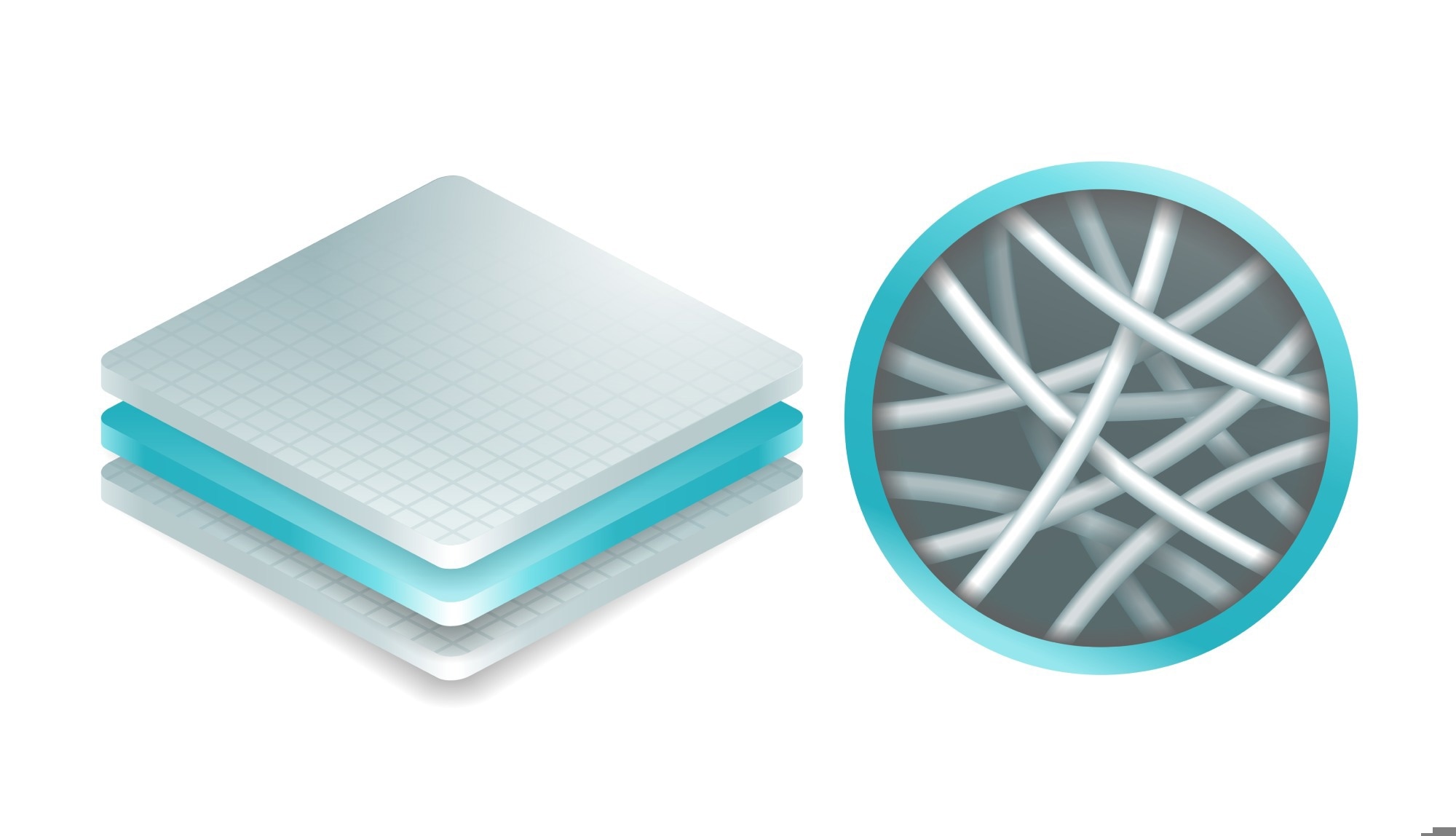From InovensoReviewed by Olivia FrostJan 14 2025
What are you currently doing in the electrospinning space? Could you tell us about your ongoing work?
I began electrospinning research nearly 25 years ago. Since then, numerous groups worldwide have pursued similar ideas in various ways. As someone who has been in this field for a long time, I feel there is a need to explore topics and areas that have not yet emerged.
For example, I am exploring how we can sensorize our brains to detect neuronal processes, amplify them, and transmit them. This is one way we use nanofibers. Another significant challenge is climate change, which is closely related to materials.
I focus on using electrospun nanofibers in applications that can potentially reduce material intensity, carbon emissions, and the total amount of chemicals and hazardous substances required in the process.

Image Credit: Kateryna Kon/Shutterstock.com
What advice would you give someone new to this industry who wants to start researching electrospinning nanofibers or considering a thesis on the subject?
Scientific research is expensive, and support systems vary by country, region, and institution. Nanotechnology involves research at the sub-micron level, studying the properties and behaviors of chosen materials at very fine dimensions and applying them to specific applications.
Due to the complexity of nanotechnology research, researchers in this domain generally need substantial resources. I found electrospinning to be relatively affordable and complex enough for PhD-level work. A PhD is about deeply understanding a question and developing the best possible solution.
This process requires that students have the necessary resources. Over the years, substantial literature has been created. New researchers can study this literature to build their own ideas and advance the field. Once they understand the basics, they can experiment with other methods and techniques.
As a pioneer in this industry, how do you feel about the current attention on nanofiber research and electrospinning? Do you believe there should be more?
The numbers suggest an exponential increase in scientific activity worldwide. However, upon closer examination, it becomes clear that only a few countries have dedicated efforts.
Although there are about 20,000 universities globally, very few are actively engaged in scientific research, and a significant portion of university students do not experience research. While interest in this field has grown exponentially over the past 20 to 25 years, I believe it has even more potential.
This requires governments, companies, and organizations to increase investments in research. At a recent meeting with the World Bank, we discussed how many countries are not investing enough in research. With more support, we would likely see faster advancements in this field.
Where do you believe experts should focus their research on nanofibers in the modern era?
In today’s context, I would prioritize sustainable materials. The goal is to advance the field to produce sustainable materials. Another priority is scalability. While there is already large-scale production, I am referring to scalability on a truly massive scale, to the point where products are accessible to people worldwide.
Wearable technology also offers exciting opportunities, such as devices that sense a person’s mood or well-being and communicate necessary information. Studies show that people in crowded urban areas often experience loneliness.
Future nanotechnology and nanofiber devices could address this need. Other critical areas include air and water filtration, especially concerning urbanization and health. Biotechnology and pandemic preparedness are also essential applications for nanofibers.

Image Credit: Dmitry Kovalchuk/Shutterstock.com
In your opinion, which applications or industries will heavily incorporate nanofiber technology in the near future?
Nanofibers have significantly contributed to air filtration, which will remain in demand as urbanization continues. Innovations in air filtration products are likely to expand, followed by water filtration and biotechnology applications.
The healthcare sector also has potential, although it may be a niche application for certain medical products. Energy systems are another interesting area. Future energy systems will benefit from nanofibers in storage, generation, transportation, and conversion.
In an industrial context, what type of electrospinning technologies would you recommend?
For industrial applications, reliability and reproducibility are essential. It is also critical to consider the economics of scale, price points, and the availability of skilled personnel. In short, scaling up with a focus on reliability and reproducibility is key.
About Dr. Seeram Ramakrishna
Dr. Seeram Ramakrishna is a world-renowned scholar of cross-field at the National University of Singapore (NUS), which is ranked among the top ten universities in the world. Since 2014, he has been named among the World’s Most Influential Minds (Thomson Reuters) and Clarivate Highly Cited Researchers.

This information has been sourced, reviewed, and adapted from materials provided by Inovenso.
For more information on this source, please visit Inovenso.
Disclaimer: The views expressed here are those of the interviewee and do not necessarily represent the views of AZoM.com Limited (T/A) AZoNetwork, the owner and operator of this website. This disclaimer forms part of the Terms and Conditions of use of this website.